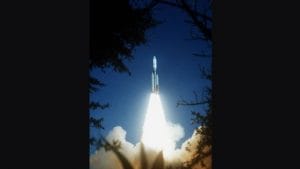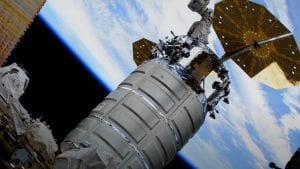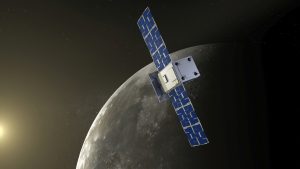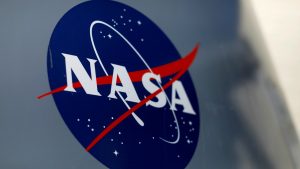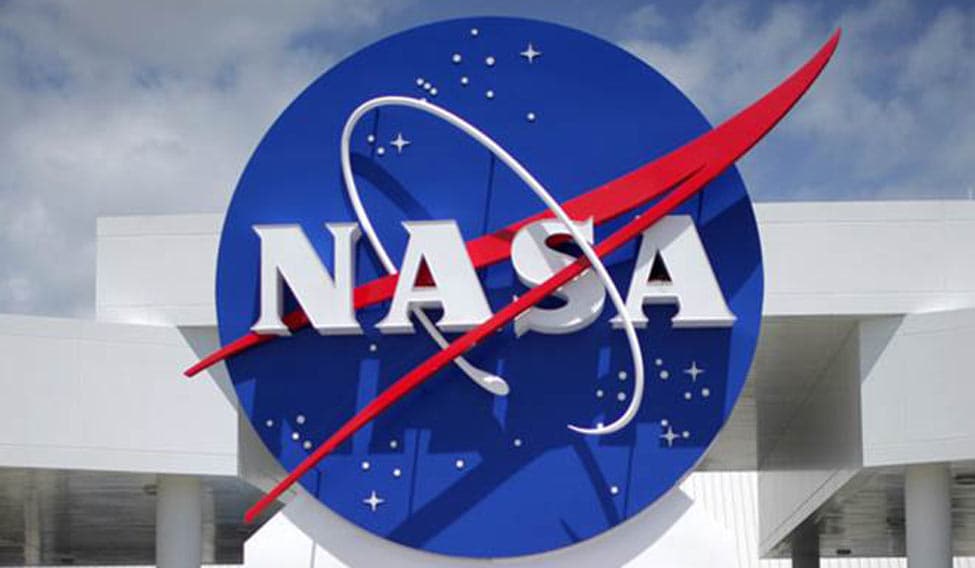NASA’s first deep space ‘live’ video features Taters the tabby cat
Summary
The 15-second clip of NASA covered an astounding 18.6 million miles, marking the farthest distance recorded for such transmissions.
An orange tabby named Taters is making headlines after NASA sent a 15-second video of him chasing a laser beam back to Earth from deep space. The space agency confirmed on Monday that the video was successfully beamed with the help of a flight laser transceiver from NASA’s Jet Propulsion Laboratory.
“We just streamed the first ultra-HD video brought to you via laser from deep space. And it’s a video of Taters, a tabby cat,” the space station wrote on X, formerly Twitter.
“This test will pave the way for high-data-rate communications in support of the next giant leap: sending humans to Mars,” the agency added.
We just streamed the first ultra-HD video brought to you via laser from deep space. And it’s a video of Taters, a tabby cat.
This test will pave the way for high-data-rate communications in support of the next giant leap: sending humans to Mars. https://t.co/tf2hWxaHWO pic.twitter.com/c1FwybYsxA
— NASA (@NASA) December 19, 2023
The video featuring Taters was loaded into Psyche’s laser communication experiment before the spacecraft embarked on its mission to a rare metal asteroid in October. The mission team at NASA’s Jet Propulsion Laboratory in Pasadena, California, chose to showcase the three-year-old cat which belonged to one of their employees.
The video signal took 101 seconds to reach Earth, travelling at its maximum bit rate of 267 megabits per second. Using a near-infrared laser, the signal was beamed to the Hale Telescope at Caltech’s Palomar Observatory in California and then sent ‘live’ to NASA’s Jet Propulsion Laboratory, where the video was played in real-time.
Despite the immense distance, the video was streamed to Earth on December 11, surpassing the speed of most broadband internet connections. This 15-second clip covered an astounding 18.6 million miles, marking the farthest distance recorded for such transmissions.
NASA officials revealed that this experiment aimed to test communication capabilities over extended distances, particularly as astronauts prepare for future missions to the moon and eventually Mars. The laser demonstration aims to transmit data at rates up to 100 times faster than the radio systems currently employed by spacecraft in distant locations from Earth.
“This accomplishment underscores our commitment to advancing optical communications as a key element to meeting our future data transmission needs,” said NASA Deputy Administrator Pam Melroy.
“Increasing our bandwidth is essential to achieving our future exploration and science goals, and we look forward to the continued advancement of this technology and the transformation of how we communicate during future interplanetary missions,” Melroy added.

Elon Musk forms several ‘X Holdings’ companies to fund potential Twitter buyout
3 Mins Read
Thursday’s filing dispelled some doubts, though Musk still has work to do. He and his advisers will spend the coming days vetting potential investors for the equity portion of his offer, according to people familiar with the matter


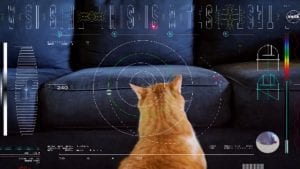






 Listen to the Article
Listen to the Article  Daily Newsletter
Daily Newsletter





